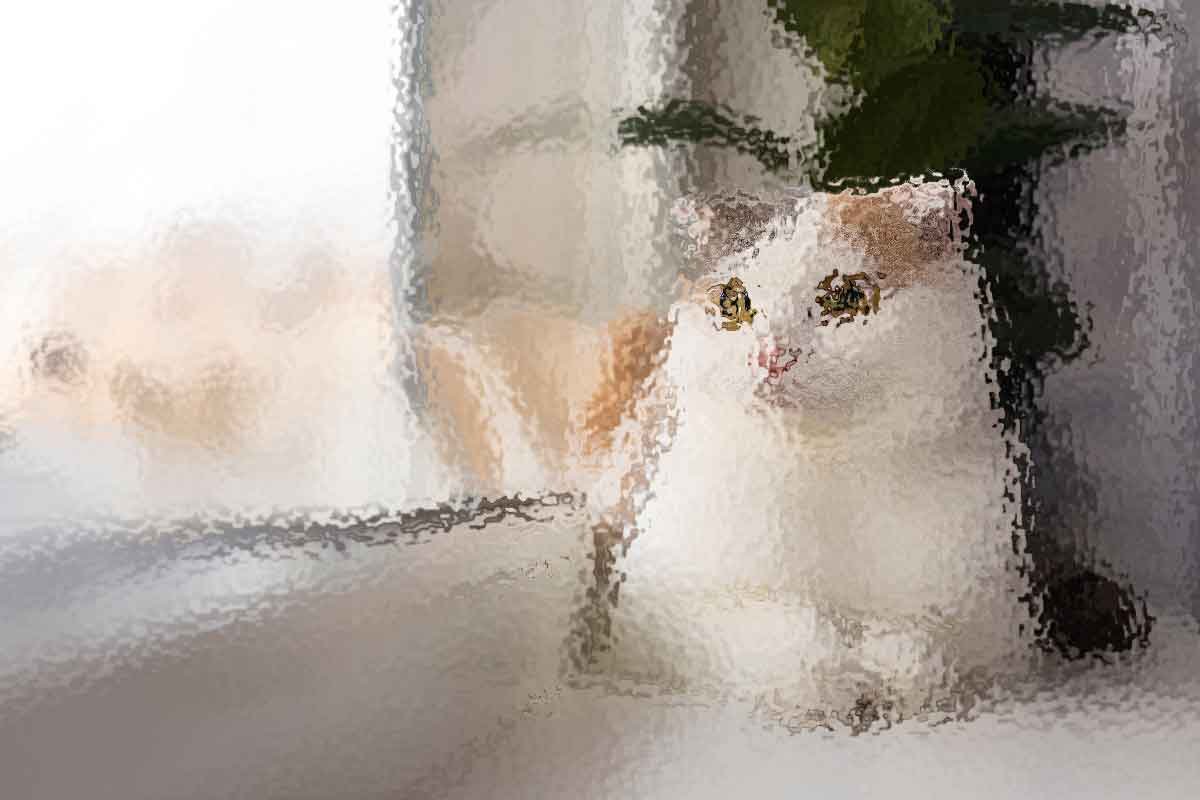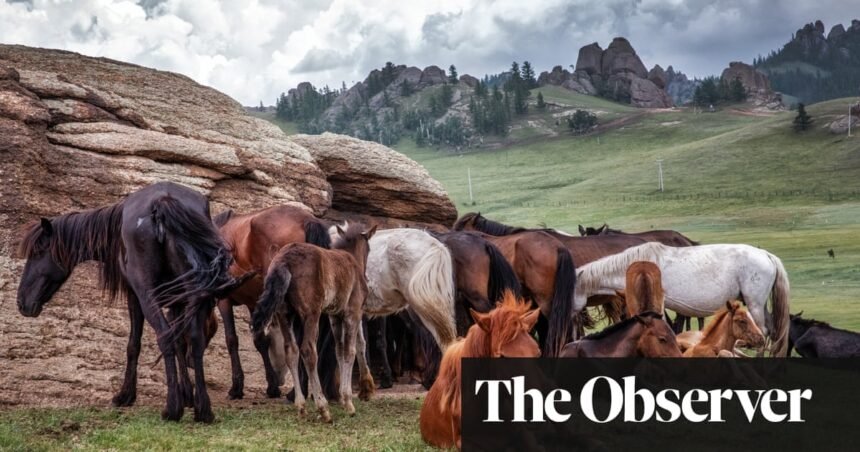It was a heart-stopping sight. On 24 April this year, blood-drenched horses galloped through rush-hour traffic in central London, smashing chaotically into a tourist bus and a taxi, before careening along pavements in blind panic. The horses, part of the Household Cavalry Mounted Regiment guarding the king, were on their morning exercises near Buckingham Palace when loud noises from a building site caused them to bolt and rampage through the city for over two hours. Six people were hospitalized with minor injuries, but all the horses survived in what seemed like a once-in-a-lifetime event. Then, on 1 July, it happened again when three regal horses bolted through Knightsbridge, fleeing a London bus.
William T Taylor, having just published Hoof Beats: How Horses Shaped Human History, is well-informed about horses and acknowledges the bizarre nature of their escape when I call him at his home in Colorado. “The funny thing about our modern world is that horses are so deeply embedded in so much of our culture,” he notes. “That grew from their role in transport, communication, and agriculture. These military horses symbolize power and authority, which might require their wild escape for us to recognize it, but it’s always been apparent to me, particularly while visiting London.”
Taylor, an anthropologist at the University of Colorado Boulder and curator at the CU Museum of Natural History, intricately explores the ancient connection between horses and humans in his book. He traces the horse’s evolution starting from the extinction of the dinosaurs, highlighting the survival of the tiny “dawn horse” that eventually evolved into the majestic creatures known today.
Coming from a lineage of cowboys, Taylor humorously admits that his career choice was inspired by an Indiana Jones video game. However, he sees it as a lifelong quest to connect with his past, having grown up in a home filled with western memorabilia and dressing in cowboy outfits at fairs. He is currently preparing for a field trip to Mongolia, where much of his research takes place.
He mentions that he has recently inherited his grandfather’s tack: saddle, bit, and reins. “At first, it didn’t mean much to me,” he explains. “But as I delved into my research, I started to understand the horse equipment’s significance and what it represents for my family heritage.”
Packing for his trip, he prepares a rucksack filled with coffee, GPS drones, and high-quality trowels, noting, “You can’t get decent coffee or a good trowel in Ulan Bator.”
Mongolia becomes a central focus of Taylor’s research because it is where people and horses share a profound bond. “Almost the entire archaeological record in Mongolia is tied to horses in meaningful ways," he shares, emphasizing the oversight of Mongolia’s role in the history of human-horse relationships.
Mongolia is well-known for the legendary horseback Mongol hordes led by Genghis Khan in the 12th century, who commanded the largest land empire using agile horseback armies of expert archers, marking unprecedented military mobility.
The bond between people and horses is ancient, and Taylor reveals how a perfectly preserved site discovered in 1974 in Boxgrove, Sussex, holds evidence of early human-horse interaction and possibly the first recorded human hunting. Excavations uncovered a complete horse skeleton killed by early humans over 500,000 years ago, showcasing the ancient connection we share with these animals.
The domestication of horses around 3,000 years ago in the Black Sea region marked a significant shift, leading to the invention of the chariot and the development of technologies such as the stirrup and saddle, which transformed human society through trade and warfare.
Working with diverse international teams, Taylor studies various artefacts to understand how horses were integrated into human life, stating, “Horses are kind of like an ancient internet,” emphasizing their role in the dissemination of goods, languages, and technologies.
Remarkable finds have emerged, including the discovery of 14,000-year-old human remains alongside horse bones in Oregon and the world’s oldest known trousers, once worn by an early horse rider, uncovered in a tomb in China.
Many treasures have been discovered in Mongolia, including deer stones adorned with carvings, encircling sacrificed horses buried with their owners. Significant evidence of mounted horseback riding was uncovered by Dr. Bayarsaikhan Jamsranjav, a collaborator of Taylor, who found a well-preserved 2,000-year-old saddle.
Beyond academic pursuits, Taylor’s passion for horses reveals a personal dimension. He articulates the unparalleled thrill of riding, the profound connection between rider and horse, and how this experience serves as a powerful means of connecting with self and landscape.
Hoof Beats: How Horses Shaped Human History by William T Taylor is published by University of California Press. Available for £25 at guardianbookshop.com.





